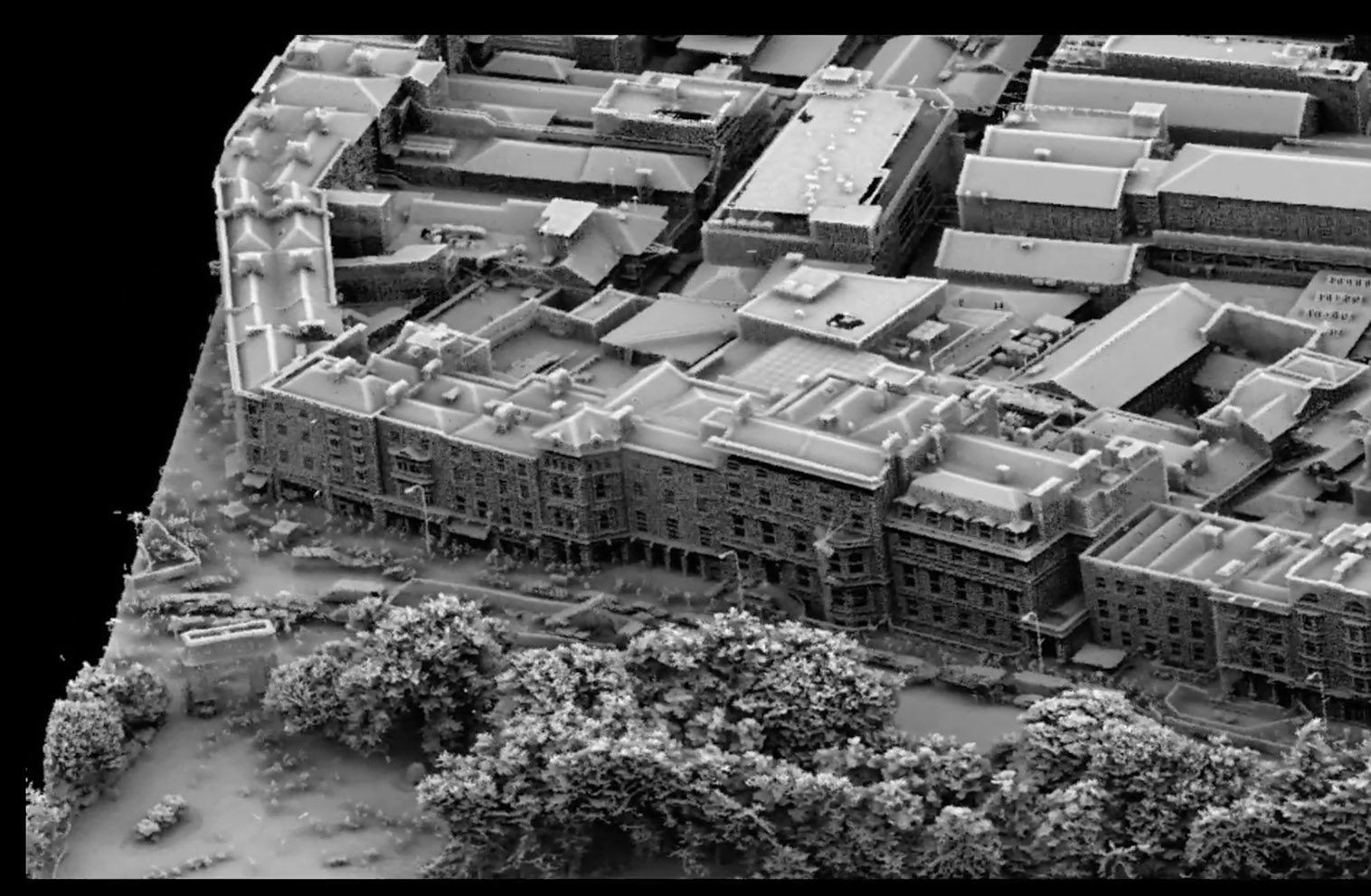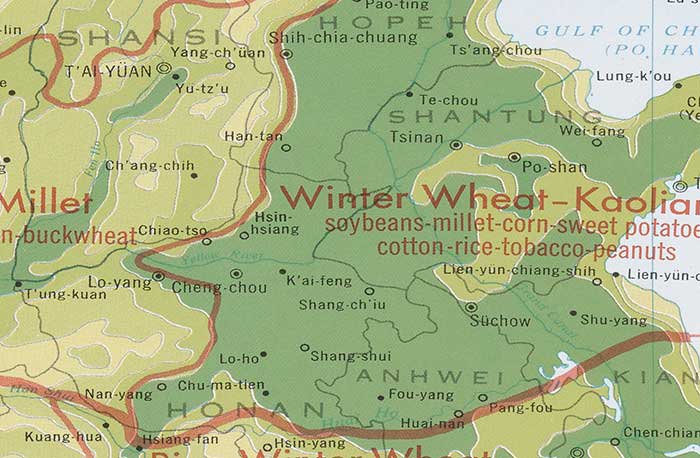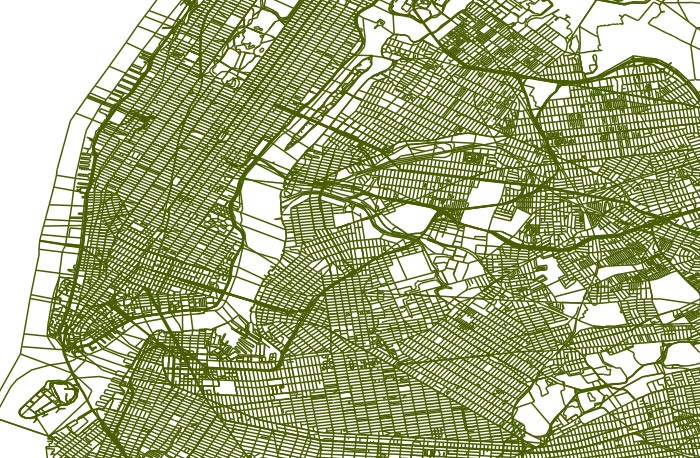View Metadata
Reservoirs, 1996
- Identification Information
- Data Quality Information
- Spatial Data Organization Information
- Spatial Reference Information
- Entity and Attribute Information
- Distribution Information
- Metadata Reference Information
- Identification Information
- Citation
- Originator
- Environmental Systems Research Institute (Redlands, Calif.)
- Publication Date
- 1996
- Title
- Reservoirs, 1996
- Geospatial Data Presentation Form
- vector digital data
- Series Information
- Series Name
- ArcAtlas
- Publication Information
- Publication Place
- Redlands, Calif.
- Publisher
- ESRI
- Online Linkage
- https://www1.columbia.edu/sec/acis/eds/dgate/studies/C1301/data/esri_1996_world_reservoirs.zip
- Abstract
- Reservoirs, 1996 is a point theme representing reservoirs worldwide.
- Purpose
- For educational, non-commercial purposes. This dataset is appropriate for use in a GIS.
- Supplemental Information
- Construction of reservoirs became a worldwide activity in the second half of the twentieth century. The total storage capacity of the large reservoirs is more than 100 million cubic meters, which makes up more than 95% of water accumulated in all the reservoirs of the world. The total area of the more than 60,000 reservoirs that have been built in the last 50 years exceeds more than 100,000 square kilometers. This is an area equivalent to 11 water bodies the size of the Sea of Azov or five the size of Lake Superior. These man-made lakes affect natural and economic conditions over an area of 1.5 million square kilometers. Many of the world's large rivers, such as the Volga, Angara, Missouri, Colorado, and Parana Rivers, have been transformed into cascades of reservoirs. Every year several hundred new reservoirs are put into operation around the world because they are needed for social and economic development and to meet requirements for water, food, power, recreation, and flood control. They are designed to serve one or more of the following purposes: To mitigate or eliminate natural threats (floods, mud flows, low water, etc.) To improve the hydrographic network To redistribute runoff among seasons, years of varying dryness, days of the week, or hours of the day to make water available for various economic demands To concentrate and accumulate hydropower resources To alter the hydrological regime for land use requirements (irrigation, protection of flood-prone lands, etc.) To make unproductive lands economically productive by creating water-based activities such as recreation or fisheries To improve the surrounding environment (climate moderation, water improvement, etc.) Construction and use of reservoirs cause inevitable changes in the environment, both positive and negative. Environmental changes can include overflowing and swamping; transformation of coasts; changes of soil, vegetation, and fauna; and changes of reproduction and habitat conditions of various aquatic organisms, especially fish and bluegreen algae. The impact of reservoirs on the environment is diverse and contradictory.
- Temporal Extent
- Currentness Reference
- publication date
- Time Instant
- 1996
- Bounding Box
- West
- -180
- East
- 180
- North
- 85
- South
- -85
- Theme Keyword
- structure
- inlandWaters
- Theme Keyword Thesaurus
- ISO 19115 Topic Categories
- Theme Keyword
- Reservoirs
- Theme Keyword Thesaurus
- None
- Place Keyword
- Earth
- Place Keyword Thesaurus
- Library of Congress Subject Headings
- Temporal Keyword
- 1996
- Temporal Keyword Thesaurus
- None
- Access Restrictions
- For current Columbia affiliates only.
- Use Restrictions
- For educational, non-commercial use only.
- Status
- Complete
- Maintenance and Update Frequency
- None planned
- Point of Contact
- Contact Organization
- ESRI
- Delivery Point
- 380 New York Street
- City
- Redlands
- State
- California
- Postal Code
- 92373-8100
- Country
- USA
- Contact Telephone
- 909-793-2853
- Contact Facsimile Telephone
- 909-793-5953
- Contact Electronic Mail Address
- info@esri.com
- Hours of Service
- 7:00 a.m.-5:30 p.m. Pacific time, Monday-Friday
- Native Data Set Environment
- Microsoft Windows XP Version 5.1 (Build 2600) Service Pack 3; ESRI ArcCatalog 9.3.1.1850
- Data Quality Information
- Lineage
- Source
- Originator
- Avakjan, A. B., and V. A. Sharapov
- Publication Date
- 1977
- Title
- Vodokhranilishha gidroelektrostantsij SSSR
- Publication Information
- Publication Place
- Moscow
- Publisher
- Ehnergija
- Type of Source Media
- paper
- Source
- Originator
- Avakjan, A. B
- Publication Date
- 1979
- Title
- Vodokhranilishha mira
- Publication Information
- Publication Place
- Moscow
- Publisher
- Nauka
- Type of Source Media
- paper
- Source
- Originator
- Avakjan, A.B., V.P. Saltankin, and V.A. Sharapov
- Publication Date
- 1987
- Title
- Vodokhranilishha.
- Publication Information
- Publication Place
- Moscow
- Publisher
- Mysl'
- Type of Source Media
- paper
- Source
- Originator
- Greng, H
- Publication Date
- 1975
- Title
- Die grossen Stauseen der Erde
- Series Information
- Series Name
- Osterr. Wasser. und Energiewirt
- Issue Identification
- Bd.27 No.5/6
- Type of Source Media
- paper
- Source
- Publication Date
- 1988
- Title
- Katalog vodokhranilishh SSSR
- Publication Information
- Publication Place
- Moscow
- Type of Source Media
- paper
- Source
- Publication Date
- 1966
- Title
- Man-made lakes
- Publication Information
- Publication Place
- London, New York
- Type of Source Media
- paper
- Source
- Publication Date
- 1973
- Title
- Man-made lakes: their problems and environmental effects
- Publication Information
- Publication Place
- Washington, D.C.
- Publisher
- Amer. Geophys. Union
- Type of Source Media
- paper
- Source
- Originator
- Martin, R., and R. Habson
- Publication Date
- 1966
- Title
- Reservoirs in the United States
- Publication Information
- Publication Place
- Washington, D.C
- Publisher
- Washington, D.C
- Type of Source Media
- paper
- Source
- Originator
- Mermel, T.W.
- Publication Date
- 1976
- Title
- Dam building trends in North America
- Series Information
- Series Name
- Water Power and Dam Constr.
- Issue Identification
- v. 28, No. 2, pp. 24-27.
- Type of Source Media
- paper
- Source
- Originator
- Rubin, N. and N. M. Warren
- Publication Date
- 1968
- Title
- Dams in Africa
- Publication Information
- Publication Place
- London
- Publisher
- Frank Gass
- Type of Source Media
- paper
- Source
- Publication Date
- 1986
- Title
- Spravochnik po vodokhranilishham SSSR.
- Publication Information
- Publication Place
- Moscow
- Type of Source Media
- paper
- Source
- Publication Date
- 1964, 1971, 1973, 1976, 1984, 1989, 1992
- Title
- World Register of Dams
- Publication Information
- Publication Place
- Paris
- Publisher
- ICOLD
- Type of Source Media
- paper
- Source
- Publication Date
- 1969-1993
- Title
- Water Power and Dam Construction International Journal
- Spatial Data Organization Information
- Direct Spatial Reference Method
- Vector
- Point and Vector Object Information
- SDTS Terms Description
- SDTS Point and Vector Object Type
- Entity point
- Point and Vector Object Count
- 1021
- Spatial Reference Information
- Horizontal Coordinate System Definition
- Geographic
- Latitude Resolution
- 0.000000
- Longitude Resolution
- 0.000000
- Geographic Coordinate Units
- Decimal degrees
- Geodetic Model
- Horizontal Datum Name
- D_Clarke_1866
- Ellipsoid Name
- Clarke 1866
- Semi-major Axis
- 6378206.400000
- Denominator of Flattening Ratio
- 294.978698
- Entity and Attribute Information
- Entity Type
- Entity Type Label
- reserv
- Entity Type Definition
- Reservoirs
- Attributes
- FID
- Internal feature number. (Sequential unique whole numbers that are automatically generated.)
- Definition Source
- ESRI
- Shape
- Feature geometry. (Coordinates defining the features.)
- Definition Source
- ESRI
- AREA
- Area
- PERIMETER
- Perimeter
- ASWRSDD_
- Asia
- ASWRSDD_ID
- Asia ID
- RES_NAME
- The reservoir name
- DIAK_CDE
- Code for any diacritical marks in the reservoir name.
- DAM_NAME
- The name of the dam creating a reservoir
- DIAK_CDE1
- Code for any diacritical marks in the dam name.
- RIVER
- The name of a river on which a reservoir is located
- FIPS_CNTRY
- Fips Country code
- YEAR
- The year the reservoir was filled.
- VOLUME
- The reservoir's volume in cubic kilometers
- USAGE
- The primary use of the reservoir
- 0
- no data
- 1
- hydroelectricity
- 2
- water supply
- 3
- flood control
- 4
- recreation
- 5
- irrigation
- 6
- navigation
- 7
- runoff accumulation
- 8
- timber floating
- 9
- fish farming
- POLYGONID
- ID number
- SCALE
- Scale
- ANGLE
- Angle
- AFWRSDD_
- Africa
- AFWRSDD_ID
- Africa ID
- AUWRSDD_
- Australia
- AUWRSDD_ID
- Australia ID
- EUWRSDD_
- Europe
- EUWRSDD_ID
- Europe ID
- NAWRSDD_
- North America
- NAWRSDD_ID
- North America ID
- SAWRSDD_
- South America
- SAWRSDD_ID
- South America ID
- Distribution Information
- Format Name
- geopackage
- Distributor
- ESRI; ESRI International Distributors
- Name
- Metadata Reference Information
- Metadata Date
- 20090616
- Metadata Contact
- Contact Information
- Contact Organization Primary
- Contact Organization
- Research Data Services (RDS), Columbia University Libraries
- Contact Person
- GIS/Metadata Librarian
- Contact Address
- Address
- 420 W. 118th St. 215 IAB, MC 3301
- City
- New York
- State or Province
- NY
- Postal Code
- 10027
- Country
- USA
- Contact Voice Telephone
- (212) 854-6012
- Contact Electronic Mail Address
- data@library.columbia.edu
- Hours of Service
- 7:00 a.m.-5:30 p.m. Pacific time, Monday-Friday
- Metadata Standard Name
- FGDC Content Standards for Digital Geospatial Metadata
- Metadata Standard Version
- FGDC-STD-001-1998


